Birdwatching in the Grampians: A Guide for Nature Enthusiasts
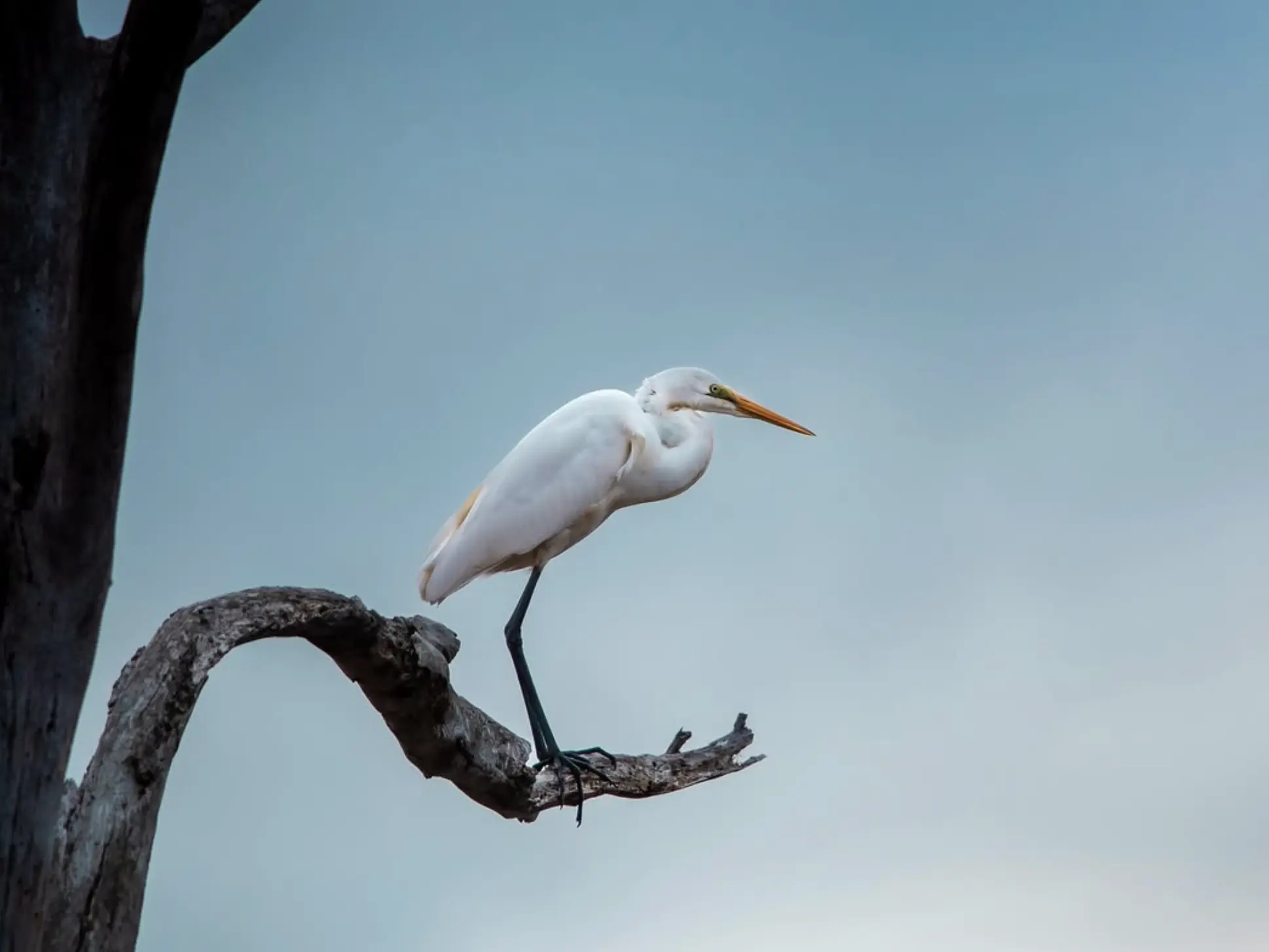
In the heart of Victoria, Australia, the Grampians National Park is a birdwatcher and nature lover’s paradise. With rugged mountains and tranquil wetlands, it’s home to many bird species. Whether you’re an experienced birder or just starting out, the Grampians has an experience like no other with native wildlife, stunning landscapes and plenty of opportunities to explore the natural wonders.
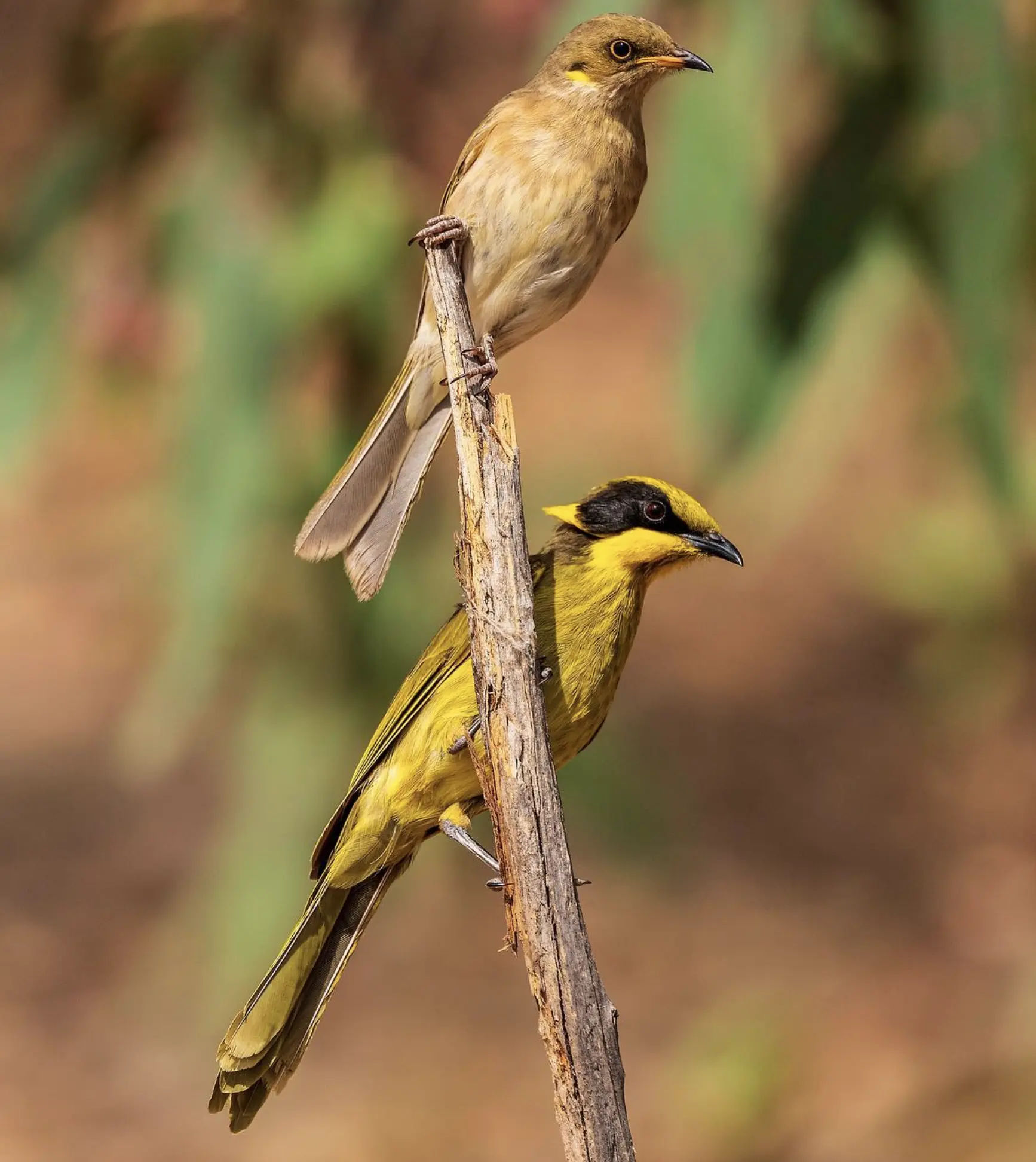
A Birdwatcher’s Heaven
The Grampians National Park is famous for its biodiversity. Over 200 species of birds have been recorded here; it’s a must-see for bird enthusiasts. The park’s many ecosystems – forests, heathlands and lakes – provide habitat for resident and migratory birds. From dramatic rock formations to gardens and calm waters, this is a nature lover’s destination.
Look out for:
- Gang-gang Cockatoos: These cute birds with their fancy crests are a treat to see.
- Superb Fairy-wrens: With their bright blue feathers, they flit through the native vegetation.
- Australian King Parrots: Red and green feathers, a photographer’s dream.
- Wedge-tailed Eagles: Australia’s largest bird of prey, often seen flying high above the cliffs and rock formations.
- Eastern Yellow Robins: These little yellow birds in the forest understorey.
Beyond the birds, the Grampians is a treasure trove of Australian wildlife, where nature lovers can immerse themselves in stunning landscapes and the region’s cultural heritage.
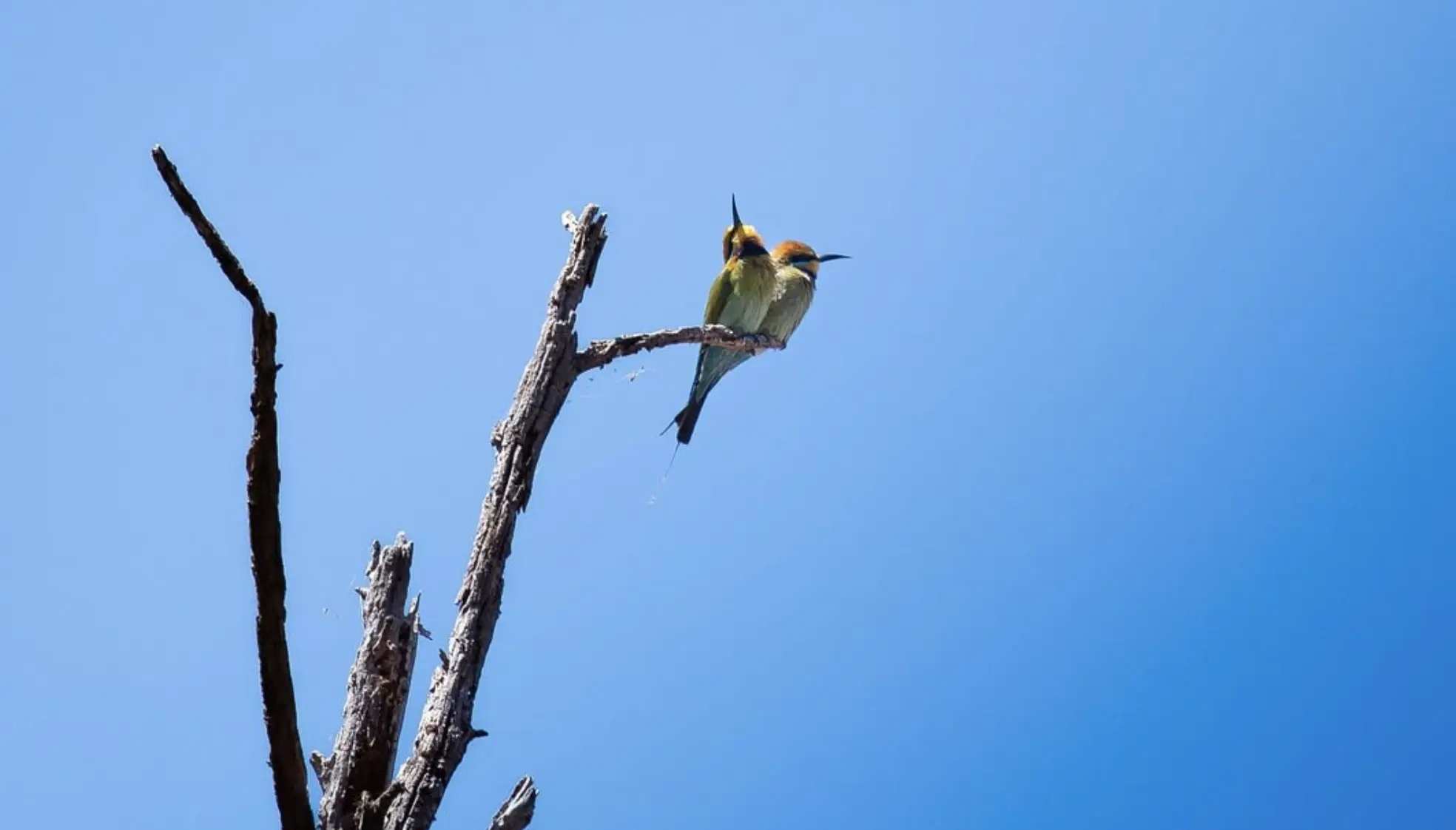
Birdwatching Hotspots
- Halls Gap: Central to the park, Halls Gap is surrounded by bird habitat and has access to popular spots and lookouts. A great spot for photographers and birders.
- Lake Bellfield: The calm waters attract waterbirds and woodland birds, a perfect spot for a lazy afternoon of birdwatching.
- Boroka Lookout: Panoramic views, and sweeping vistas, and birds of prey in flight.
- Heatherlie Quarry: A historic site with plenty of birdlife – honeyeaters and wrens – and incredible views of the landscape.
- MacKenzie Falls: The gardens, calm waters and riparian and forest birds around this famous waterfall.
- Reed Lookout and The Balconies: Breathtaking views and dramatic rock formations, a great spot to see flightless birds and other specials.
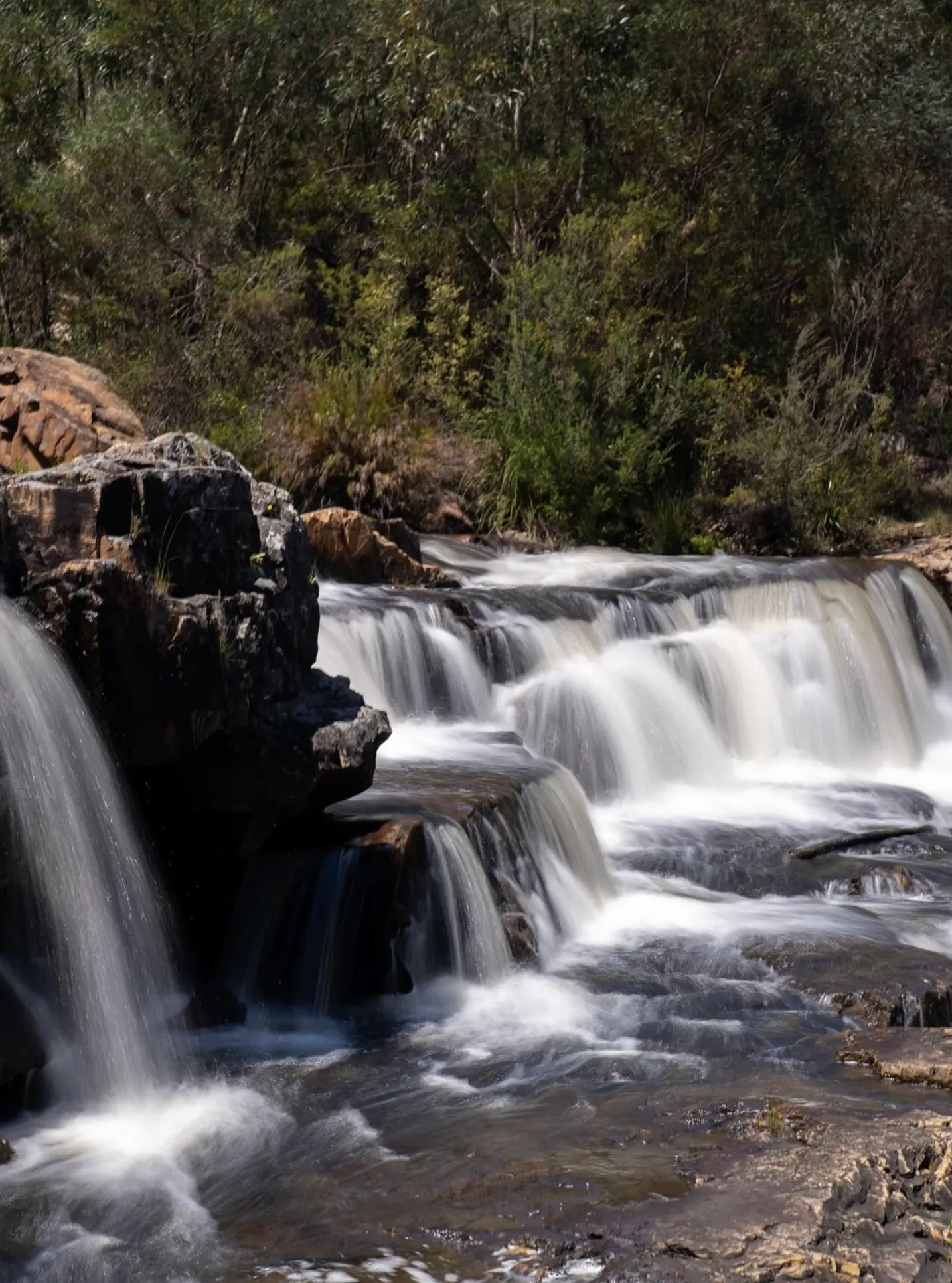
Tips for a Good Day
- Start Early: Birds are most active in the morning.
- Bring Binoculars and a Field Guide: You can’t identify or observe without them.
- Be Quiet and Patient: No sudden movements or loud noises to scare the birds away.
- Dress for the Weather: Grampians can be wild, so wear layers and good boots.
- Respect Wildlife and the Environment: Stay on the track, don’t disturb nesting areas and leave no trace.
Seasonal Best
- Spring (Sept to Nov): This is the best time for birdwatching as many species are nesting and breeding in the native plants. The gardens and botanic gardens are buzzing with activity.
- Summer (Dec to Feb): Early morning and late afternoon are best with cooler temps and plenty of opportunities for a good day out.
- Autumn (Mar to May): Migratory birds start to arrive, and it’s a great spot to see rare species.
- Winter (June to Aug): Quieter but great to see resident birds and spectacular views with no crowds, perfect for a lazy afternoon.
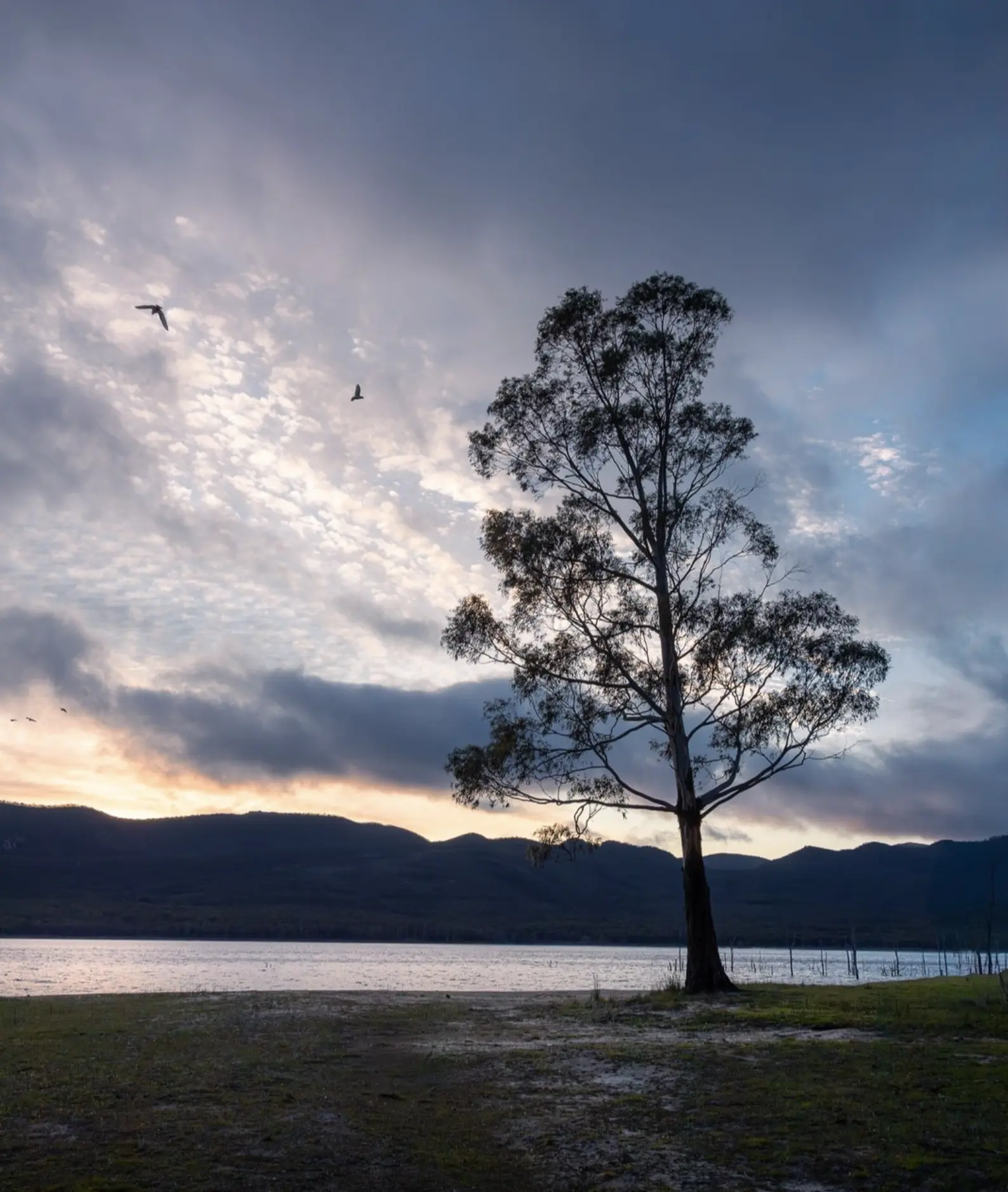
Birdwatching Code
- Don’t feed birds or other wildlife, as it can disrupt their diet and behaviour.
- Take photos and leave no trace while enjoying the views.
- Share sightings, but don’t reveal nesting sites.
A Whole Lot More
The Grampians is not just for birdwatching—it’s an adventure for anyone who loves nature. Aboriginal rock art sites, cultural significance, the best walking tracks, and the best views—this region has it all.
Visit the Cultural Centre to learn about the indigenous culture, basket weaving and boomerang throwing. For the adventurous, there are many walking tracks to choose from, from easy to hard for experienced walkers. The views from the escarpment and rock formations along these tracks are breathtaking.
Camping? There are great campsites. Don’t forget to pack your camping gear. If you prefer comfort, there are caravan parks and eco-lodges to relax in after a day of exploring.
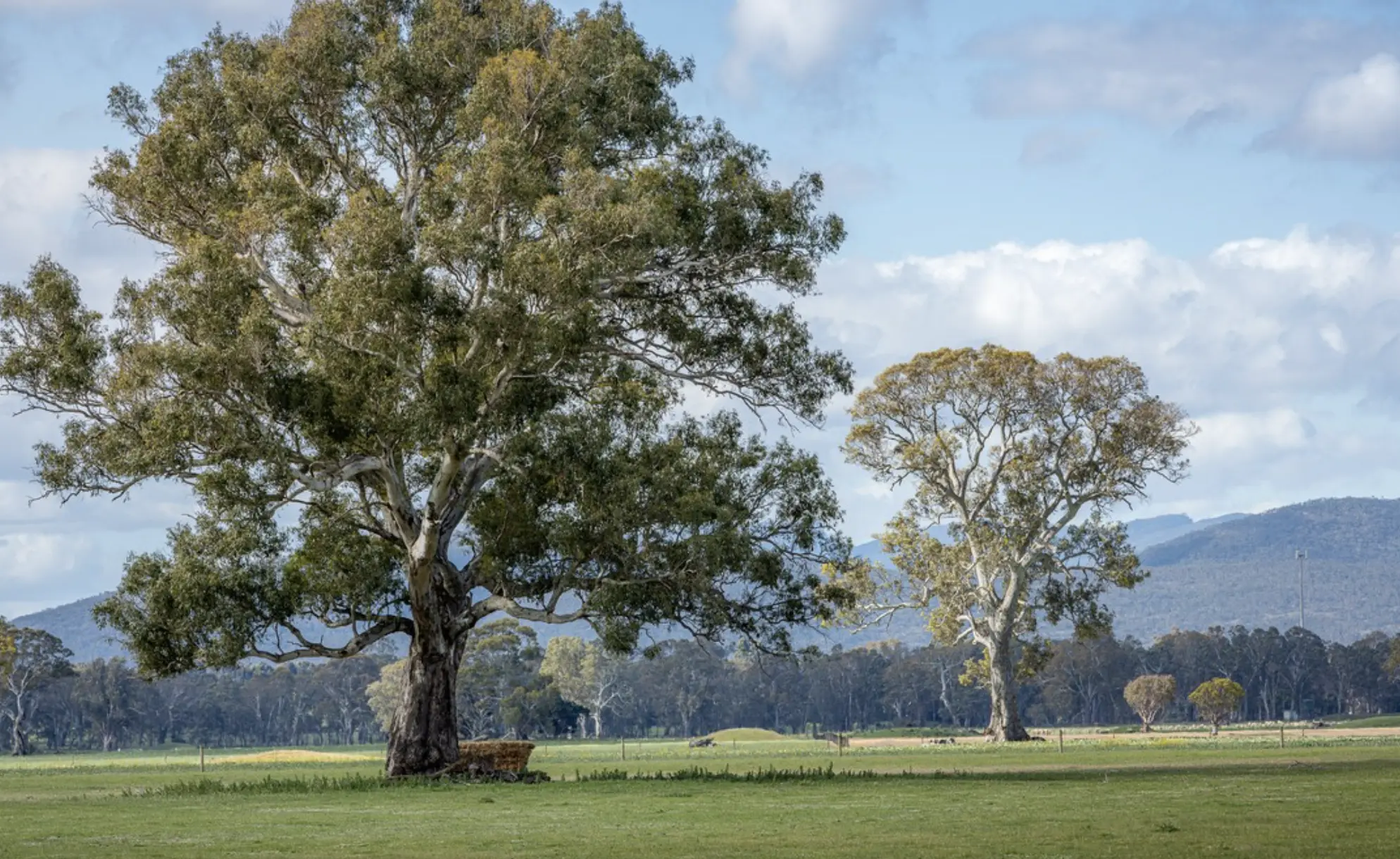
Food and Local Flavours
After a day of birdwatching or walking, indulge in gourmet food and hearty meals at local restaurants. Fresh caught brown trout, meals in underground cellars, gourmet cheeses and wines. These are the perfect way to top off your Grampians visit.
The Grampians is a nature lover’s destination, an authentic experience with history, views and culture. From birdwatching tracks to big views, every minute here is magic.
FAQ
When is the best time to visit the Grampians for birdwatching?
September to November is the best time as birds are more active and easier to see during breeding season.
Are there guided birdwatching tours in the Grampians?
Yes, several local operators offer guided birdwatching Grampians tour to help you spot and identify species and get an education.
Can I bring my dog on birdwatching trips in the Grampians?
No, pets are not allowed in the Grampians National Park tour to protect native wildlife and cultural heritage.
What to bring?
Binoculars, field guide, camera and weather-appropriate clothing for Grampians day trip. For longer trips, pack camping gear if staying at nearby campsites.
Are there places for birdwatchers to stay near the Grampians?
Yes, Halls Gap and surrounding areas have eco-lodges, caravan parks and campsites with easy access to birdwatching trails and famous sites.